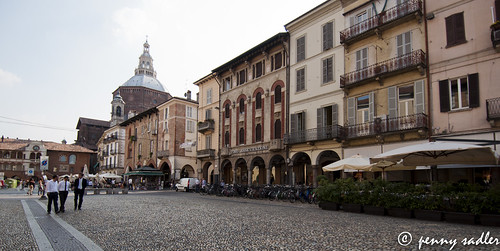Photography and Lens Tips for Travelers
I love to travel and undoubtedly one of the most rewarding aspects for me is the opportunity to capture beautiful images that I can then share with my friends and readers. As much as I love photography, cameras and lenses can quickly add a lot of extra weight. In search of the perfect travel lens, I decided to rent a couple of lenses to test them, before making a financial commitment.
This review is for photographers who are looking for first-hand information on lenses for travel photography. It is for users of DX format SLR cameras only. These lenses will not work on point and shoot cameras, or FX format cameras.
I’m a serious amateur photographer, but I’m not a techie at all, so this is not going to be a technical review of lenses. I’m simply going to talk about my experience shooting with two different Nikon lenses, the 18-200 mm and the 12-24 mm, in my favorite place in the world, Italy. I'll also share some of the images I took to illustrate what I liked about them, as well as talk about why renting lenses before buying them is a great way to explore which lenses you prefer to shoot with.
I shoot with a Nikon D5000, so both of these lenses worked great on that camera. The 12-24 mm gave me a bit more on the wide angle end and the 18-200 mm gave me a lot more zoom ability. Unfortunately there was not an option to rent a 12 mm prime lens that would function on a DX format camera. I carried both of these lenses with me every day, without becoming fatigued.

Tips to try with the 18 - 200 mm lens
1. Look ahead - what do you see? Since this lens has so much zoom ability, it allows you to take photographs of distant subjects that you can’t get close to. This can be especially useful in a rapidly changing environment where everything could look completely different in the time it would take for you to get closer to it.
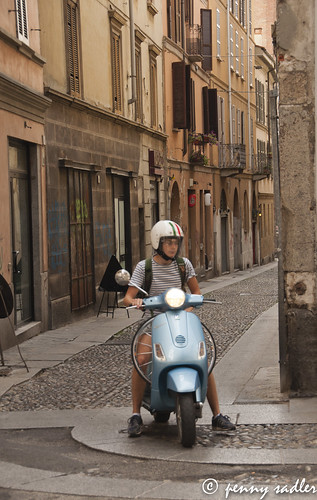
2. Isolate your subject. Unlike a wide angle where you see everything in the frame, with a zoom lens you can isolate your subject so that it’s the only thing you see in the shot. Try it!
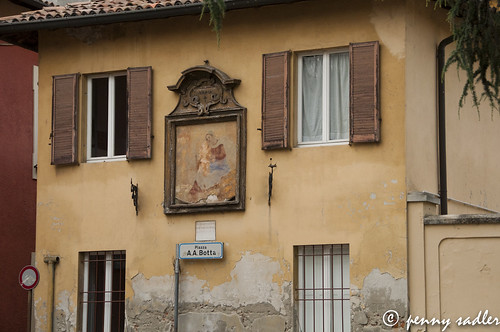
3. It’s a great portrait lens. Try having your subject at a reasonable distance, far enough away for a full body portrait (including the feet), then zoom in for a head shot.
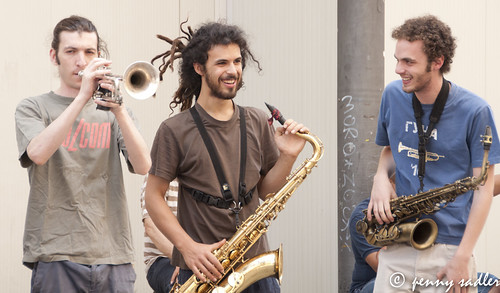
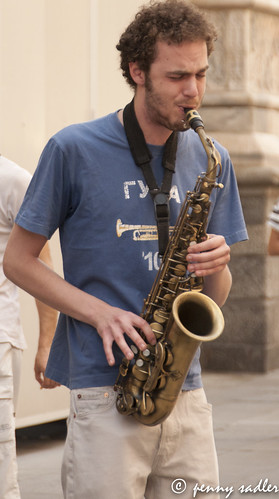
Thoughts on the 18-200mm lens
I had wanted to try the 18-200 for some time. I liked the idea of the extreme zoom, but had my doubts as to how well a lens that tries to be everything would perform.
It’s not going to get you the quality of images you can turn into huge poster-size prints, but it will give you perfectly acceptable images for printing smaller images, or using in a photo collage or album, and they are certainly suitable for sharing on the web.
One thing I did not like about the 18-200 mm lens was the zoom creep - it wasn’t horrible, but it does happen. The focus ring was pretty tight, and the aperture varies through the zoom range, but that’s to be expected on a lens in this price range.
Tips for using the 12-24mm lens
1. Get close to your subject. This lens is great for shooting up close, even though it’s a wide angle lens. You can get a completely different perspective.
2. Shoot landscapes. This lens is for shooting landscapes that are more horizontal, without a lot of vertical lines (if you don't like the distortion or don't have software to correct it).

3. Try something crazy. This lens will create a lot of distortion at the 12mm end, especially when you are distant from your subject. Sometimes this is exactly what you want, so give it a try.
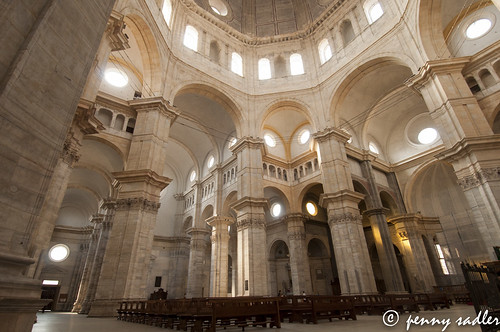
Camera Lens Tips
How do you know which is the best? The way I’ve learned over time is by renting lenses. I’ve rented almost every lens available that works with my Nikon DX camera.
For short trips renting is super affordable, and if you love the lens, you can buy it when you return. I rent from Borrowlenses.com. I’ve rented from them several times and have always been happy.
In the end, only you know what will work best for you. Read reviews, like this one, try out a few lenses, then go out and shoot! Happy Travels.
